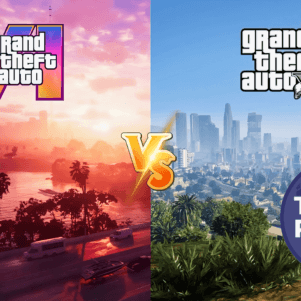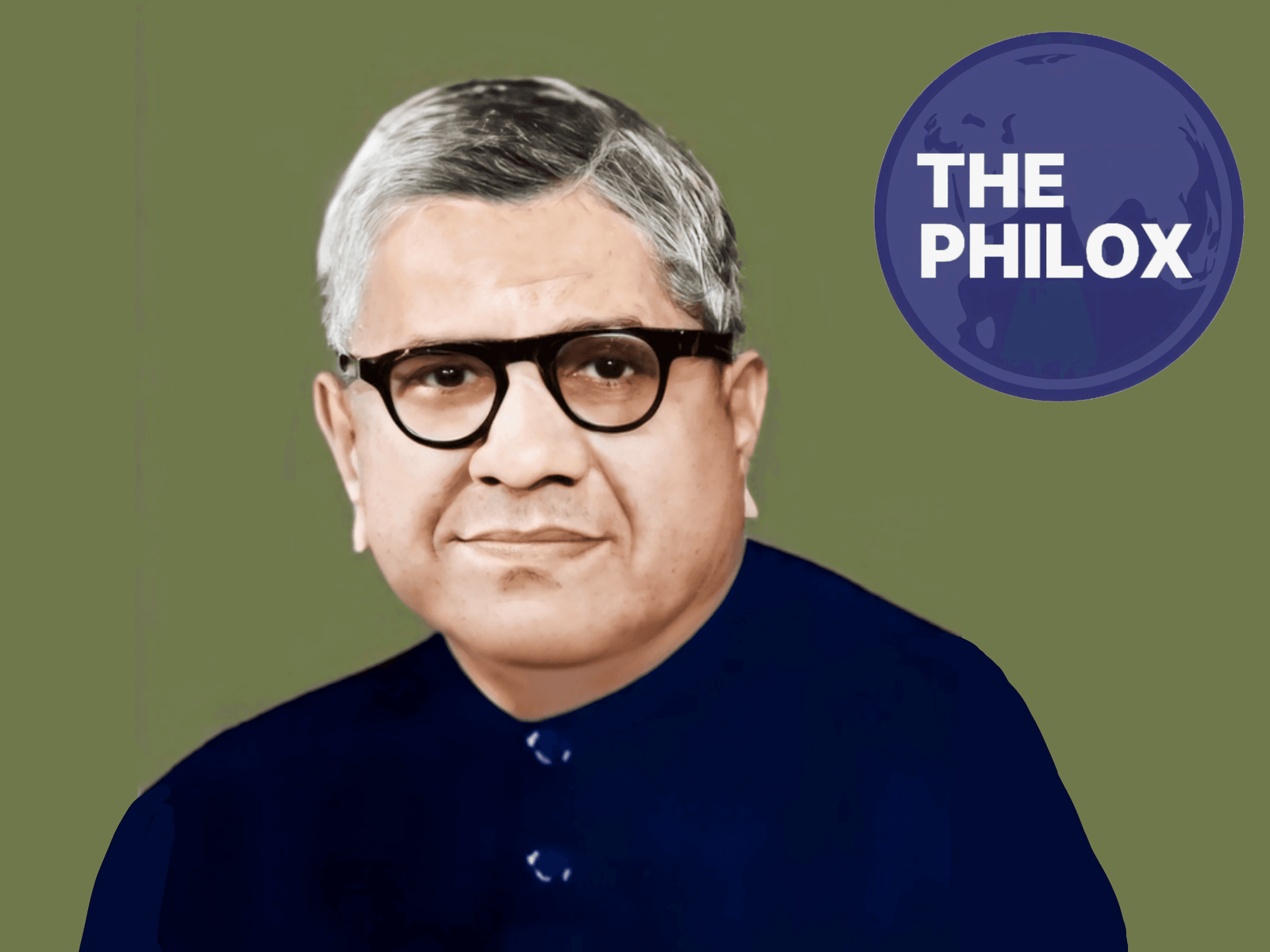Grand Theft Auto VI (GTA 6) is expected to create great buzz among players all around. Recent changes in international trade laws, especially the United States’ application of new tariffs under President Donald Trump,
have sparked worries about possible price rises for electronic goods, including video games, in countries like India, though.
This paper investigates, in light of several elements including production costs, import taxes, and market dynamics, the potential influence of these tariffs on GTA 6’s price in India.
Knowing the New U.S. Tariffs
President Trump declared in early April 2025 broad tariffs targeted at imports from China, India, and Vietnam among other nations.
With somewhat higher rates for some countries—54% on Chinese goods and 46% on those from Vietnam—these tariffs imposed a basic levy of 10% on all imports.
The government defended these policies as attempts to boost home industry and lower trade deficits.
Economists have voiced worries about the wider economic consequences, including possible rises in consumer prices and disturbances of world supply systems, nevertheless.
GTA 6 Production and Supply Chain
Developer of GTA 6, Rockstar Games runs a sophisticated worldwide supply chain. Although the company’s headquarters are in the United States, actual copy manufacture of their games sometimes involves factories elsewhere.
Promotional products, packaging materials, and game discs might all come from or be assembled in countries impacted by the new tariffs, most especially China and Vietnam.
These tariffs could cause Rockstar Games’ production costs to rise. Usually passed on to customers, higher manufacturing and assembly expenses translate into higher retail prices for the game across different markets, including India.
GTA 6’s expected Indian pricing
Industry analysts had anticipated GTA 6 would be priced at a premium above its predecessors before the new tariffs were announced.
According to reports, the game’s normal edition would cost ₹5, 999; premium editions might be between ₹7,299 and ₹8, 800.
With the U.S. tariffs in place, there is conjecture, though, that these rates might rise still. Some analysts estimate that the price of the regular edition in India might be more than ₹8,000, maybe exceeding ₹10,000 for premium versions.
This expected rise is ascribed to the combined effect of increased manufacturing costs resulting from tariffs and current import levies levied by the Indian government on electronic items.
elements behind Indian price rises
Several elements support the possible increase in the price of GTA 6 in the Indian market:
India levies import taxes on electronic goods, including video games, which can greatly affect the final retail price by means of Goods and Services Tax (GST). Furthermore adding to consumers’ financial load is the Goods and Services Tax (GST).
The ultimate cost of imported items is much influenced by the exchange rate between the Indian Rupee and the U.S. Dollar. A lower Rupee can cause imports to be more costly, which would raise consumer retail rates.
3. Lack of Regional price techniques: Rockstar Games has always kept consistent price unlike some businesses who use flexible pricing techniques to fit various economic situations across areas.
Without considering local purchasing power, this strategy means that Indian customers sometimes pay costs similar to those in more rich regions.
The recently imposed U.S. tariffs on nations engaged in the manufacturing of game components can cause manufacturing prices to rise. These higher expenses most certainly find their way to consumers all around, including those in India.
possible influence on the market for Indian gaming
Price-sensitive, the Indian gaming scene is well-known for having many players choose less expensive games or wait for discounts before buying top-notch titles. A notable rise in GTA 6’s pricing could have multiple ramifications:
Higher pricing might discourage possible consumers, therefore affecting the sales volume in the Indian market. This could affect the income of Rockstar Games as well as their future marketing plans and price range in the area.
2. Rising piracy rates have historically been connected to higher game pricing. Gamers who cannot or refuse to pay the increased rates may turn to illegal copies, therefore influencing the whole gaming environment and honest sales.
Customers may investigate other games that are more reasonably priced or provide better value for money, so maybe helping rivals that follow more region-specific pricing policies.
Industry Reactions and Negotiating Techniques
Electronics and game companies in reaction to the difficulties presented by the additional tariffs and possible price hikes should think about many options:
Companies could move manufacturing to nations free from these taxes in order to avoid excessive tariffs. To offset tariff effects, Apple, for example, has ramped iPhone manufacture in India.
2. Trade Term Negotiations: For businesses mostly affected by these trade restrictions, open communication with legislators to seek exemptions or tariff reductions could be a good strategy.
By stressing digital sales over physical copies, one can minimize reliance on imported physical components and thereby lower exposure to tariffs and import taxes.
In price-sensitive economies like India, changing pricing policies to match local economic conditions and purchasing power will help to improve affordability and maybe increase sales.
Finally
Significant U.S. taxes on imports from strategic manufacturing hubs could raise GTA 6’s production costs, hence driving higher retail pricing in India.
Indian players should be ready for the potential of paying a premium for this much awaited game, even as the precise impact is still unknown and will rely on several elements, including company reactions and other changes in international trade regulations.
Consumers as well as industry players will have to keep updated and think about ways to negotiate the shifting economic scene as the crisis develops.








